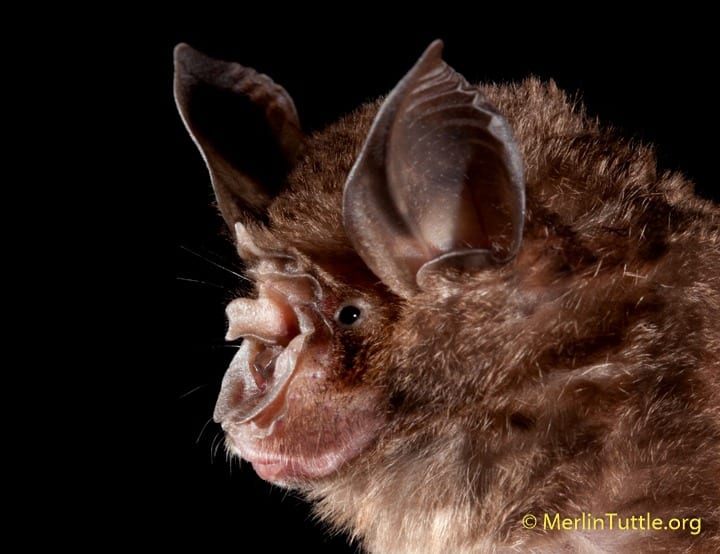Tracking the Impacts of WNS at Wisconsin’s Stonefield Historic Site
“Just like the old days, eh Heather?” Kent softly clicks his tally counter as he sits in his folding chair on the other side of
The June 12, 2017 story by Amy Maxmen, titled “Bats are global reservoir for deadly coronaviruses,” published in Nature, continues the needlessly sensational presentation of bats as exceptionally dangerous animals. By simple insertion of the words “global” and “deadly” in the title, it implies bats worldwide to be a serious menace to human health.
The article begins by stating that “Bats are the major animal reservoir for coronaviruses worldwide….” In the reported study, nearly twice as many bats as rodents, shrews, and primates combined were examined, not surprising. The emphasis on easily captured bats, likely centered on colonial species, is an approach that appears to have become the norm. And it’s impossible to know the extent of resulting bias.
Late in the article, it is admitted that at least some of the newly discovered coronaviruses pose no “immediate threat to human health,” though insertion of the word “immediate” still implies they may be in the future. Because only a small fraction of coronaviruses infect humans, diversity in bats is not necessarily an indicator of risk.
At the end, where least likely to be noticed, it is admitted that such exhaustive searches for new viruses may be a waste of resources. Dr. Michael Osterholm, Director of the Center for Infectious Disease Research and Policy at the University of Minnesota in Minneapolis, is quoted as saying “that researchers and politicians should direct their limited resources towards halting new outbreaks of pathogens that are known to be deadly in people, rather than trying to predict which virus will be the next to cross over to humans.”
Osterholm is further quoted that “We aren’t much better prepared for Ebola today than we were during the crisis in West Africa, so you have to wonder if we aren’t preparing for the outbreaks we know will happen in the near future, what good does it do to know about spillover events?”

Since bats appear to have an exceptionally good record of not causing disease outbreaks in humans, even where large colonies share major cities with us, Osterholm’s point seems strong.
Choose any or all means of contact to reach out and share your opinion about this unfair bias against bats in your own words.
Love our content? Support us by sharing it!
“Just like the old days, eh Heather?” Kent softly clicks his tally counter as he sits in his folding chair on the other side of
An important new study, recently published in Science and widely covered by major newspapers like The Guardian, The Washington Post, and The New York Times, has
On March 6, 2024, the Wall Street Journal presented findings from the University of Leeds in their opinion piece, “Why Scientists Love Chasing Bats; The
Response to Misleading Scientific American Bat Story I am responding to the article titled, “A Secret Weapon in Preventing the Next Pandemic: Fruit Bats,” which
2024 © Merlin Tuttle’s Bat Conservation. All rights reserved.
Madelline Mathis has a degree in environmental studies from Rollins College and a passion for wildlife conservation. She is an outstanding nature photographer who has worked extensively with Merlin and other MTBC staff studying and photographing bats in Mozambique, Cuba, Costa Rica, and Texas. Following college graduation, she was employed as an environmental specialist for the Florida Department of Environmental Protection. She subsequently founded the Florida chapter of the International DarkSky Association and currently serves on the board of DarkSky Texas. She also serves on the board of Houston Wilderness and was appointed to the Austin Water Resource Community Planning Task Force.
Michael Lazari Karapetian has over twenty years of investment management experience. He has a degree in business management, is a certified NBA agent, and gained early experience as a money manager for the Bank of America where he established model portfolios for high-net-worth clients. In 2003 he founded Lazari Capital Management, Inc. and Lazari Asset Management, Inc. He is President and CIO of both and manages over a half a billion in assets. In his personal time he champions philanthropic causes. He serves on the board of Moravian College and has a strong affinity for wildlife, both funding and volunteering on behalf of endangered species.